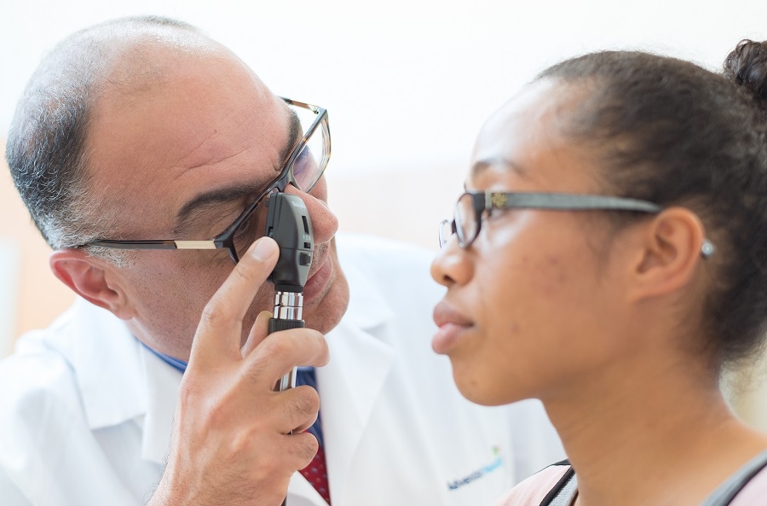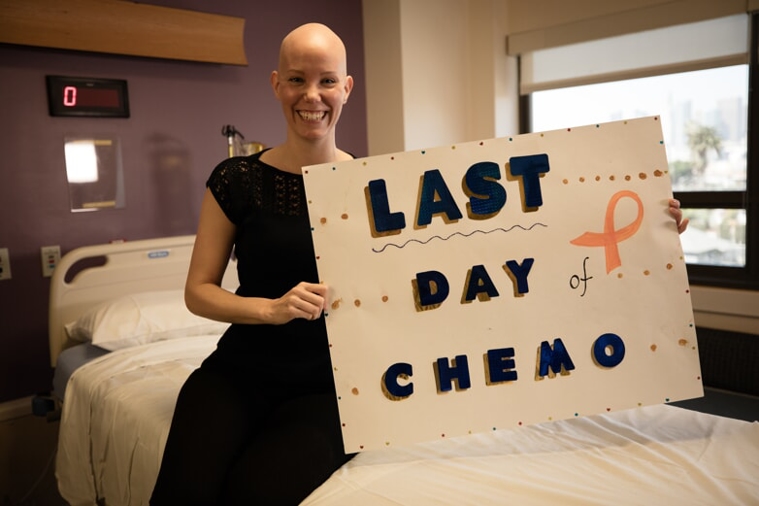National Diabetes Awareness Month: What you need to know
Nov 13, 2020

In the San Joaquin Valley, at least 19 people die of diabetes every week.
What’s even more surprising than this rising number is how little people know about the chronic condition.
“A patient who has had diabetes for 30 years came to me and was not sure why their blood sugar was high, but I discovered it was because they didn’t know how to properly inject the insulin,” says Dr. Danielle Eagan, endocrinologist who cares for patients at Adventist Health medical offices in Tulare.

Diabetes can be a complex and scary disease to manage.
There are three main types:
- Type 1– a sudden onset of diabetes that can develop at any age. Occurs most frequently in children and adolescents.
- Type 2– a more gradual occurrence of diabetes found mostly in adults who are overweight and who tend to have a strong family history.
- Gestational– a form of high blood sugar affecting pregnant women.
Prediabetes is also a concerning condition that occurs when blood sugar levels are high, but not high enough to be type 2 diabetes. This condition can be managed by healthy eating and weight loss.
For type 1 diabetes and more severe cases of type 2 diabetes, insulin is used to regulate blood sugar levels. There are multiple places to inject insulin, but the stomach is one of the best places, because it can absorb the medication most consistently and can cause the least amount of discomfort. When injecting insulin, the needle cap should be removed, and the skin should be cleaned with an alcohol wipe. Those administering the insulin should gently pinch a two- to three-inch fold of skin on either side of the cleaned injection site. The needle should be inserted with a quick motion into the pinched skin at a 90-degree angle (straight up and down). The needle should be inserted all the way into the skin. Once inserted, the button on the pen or syringe should be pushed and the needle left in the skin for 10 seconds after injected to ensure all the insulin has been applied. The insulin should be injected in a different spot each time. If not, scar tissue will develop and the insulin will not be absorbed adequately. Contact your doctor if you have questions about injecting insulin.
Adventist Health in the Central Valley is a network of hospitals and clinics, equipped with a number of resources to care for patients with diabetes, including diabetes navigators; educators; A1C machines that check hemoglobin A1C, which is a measure of how well someone’s condition has been controlled over the previous three months; and RetinaVue technology to screen diabetic patients for diabetic retinopathy.
For those experiencing symptoms of diabetes, such as excessive thirst, increased urination, blurred vision or unexplained weight loss, Dr. Eagan suggests making an appointment with your doctor.
“Anyone who is overweight, has a family history of diabetes, or is over the age of 45, should also ask their doctor to be screened for diabetes,” says Dr. Eagan. “It’s one of the leading causes of blindness, amputations, dialysis and neuropathy, and also raises the risk of heart attack or stroke if blood sugar levels are uncontrolled.”
If you don’t have a primary care provider, but would like to be screened for diabetes, you may find a provider nearest you by visitingwww.AdventistHealthCentralValley.com
To view virtual education about diabetes, visit the American Diabetes Associate website atwww.diabetes.org


